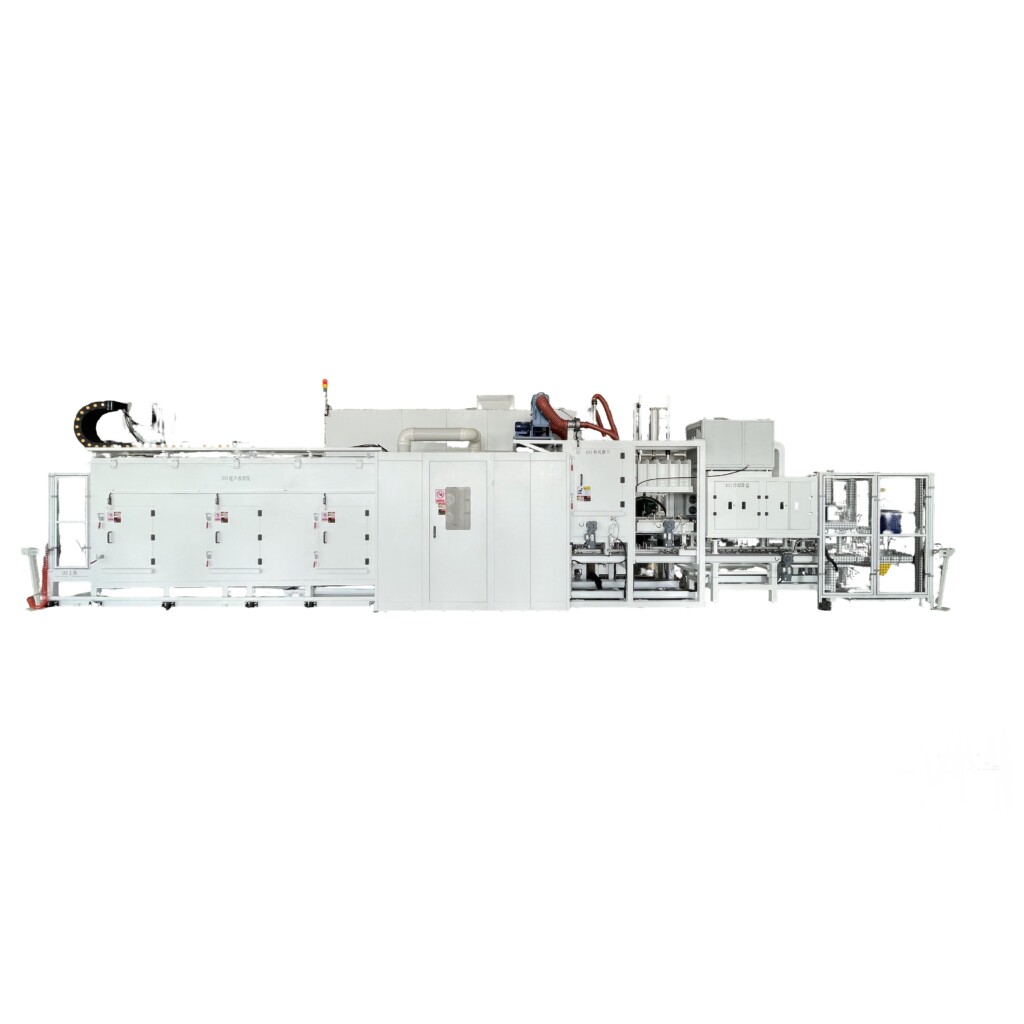When it comes to choosing the right cleaning detergent for metal parts, the first step is to clearly understand the type of metal you’re working with. Different metals—like aluminum, stainless steel, and copper—have unique properties that react differently to cleaning agents. For example, a detergent that works well on stainless steel might be too harsh for aluminum, leading to discoloration or corrosion.
You also need to consider the type of contaminants on the metal parts. Are they oil-based, like machine grease? Or are they particulate, such as dust or metal shavings? Oil-based contaminants require detergents with strong emulsifying properties to break down the oil, while particulate contaminants might need a combination of surfactants and rinsing agents to lift and wash away the debris. Ignoring these factors can result in ineffective cleaning, leaving residues that affect the performance of the metal parts or even cause long-term damage.
The ingredients in a cleaning detergent for metal parts are crucial for both effectiveness and safety. Avoid detergents that contain high levels of corrosive substances—like strong acids or alkalis—unless the metal is specifically designed to withstand them. For instance, stainless steel can handle mild alkalis, but prolonged exposure to strong acids will eat away at its surface.
Look for detergents that include corrosion inhibitors. These additives form a protective layer on the metal surface, preventing rust or oxidation even after cleaning. Surfactants are another key ingredient; they reduce the surface tension of water, allowing the detergent to spread evenly and penetrate hard-to-reach areas, like crevices or threaded holes. Additionally, biodegradable ingredients are a plus for businesses looking to reduce their environmental impact, as they break down more easily in wastewater and don’t harm ecosystems.
Performance isn’t just about how well a cleaning detergent for metal parts removes contaminants—it also includes how easy it is to use and how it fits into your workflow. For example, some detergents require hot water to work effectively, while others can be used with cold or room-temperature water. If your facility doesn’t have access to hot water, a cold-water detergent will save you time and energy.
You should also consider the rinsing requirement. Does the detergent need multiple rinses to remove all residues, or is it a low-rinse formula? Multiple rinses can add extra steps to your process, increasing labor and water costs. Additionally, check the detergent’s concentration—some are highly concentrated, meaning you only need a small amount per use, which can save money in the long run. Testing a small sample of the detergent on a non-critical metal part first is a smart move to ensure it meets your performance expectations without causing damage.
Choosing the right cleaning detergent for metal parts isn’t just a one-time decision—it’s about finding a solution that offers long-term value. Cheaper detergents might seem like a good deal upfront, but they often require more product to be effective, or they leave residues that lead to costly repairs or replacements down the line. Investing in a high-quality detergent can actually save you money by reducing rework, extending the lifespan of your metal parts, and lowering maintenance costs.
Another factor to consider is the support provided by the detergent supplier. Do they offer technical assistance if you run into issues, like adjusting the detergent’s concentration for different contaminants? Can they provide custom solutions if your metal parts have unique cleaning needs? A supplier that offers reliable support ensures that you always have the right tools to keep your metal parts clean and in top condition, minimizing downtime and maximizing productivity.
Choosing the right cleaning detergent for metal parts requires a thoughtful approach that considers your metal type, contaminants, detergent ingredients, performance, and long-term value. By starting with a clear understanding of your cleaning needs, checking for compatible ingredients (like corrosion inhibitors and surfactants), evaluating practicality of use, and investing in quality products with good supplier support, you can ensure effective cleaning that protects your metal parts and boosts your operational efficiency.
The right detergent doesn’t just remove dirt—it preserves the integrity of your metal components, reduces maintenance costs, and keeps your workflow running smoothly. Whether you’re cleaning small precision parts or large industrial components, taking the time to select the best cleaning detergent for metal parts will pay off in better performance and longer-lasting equipment.

